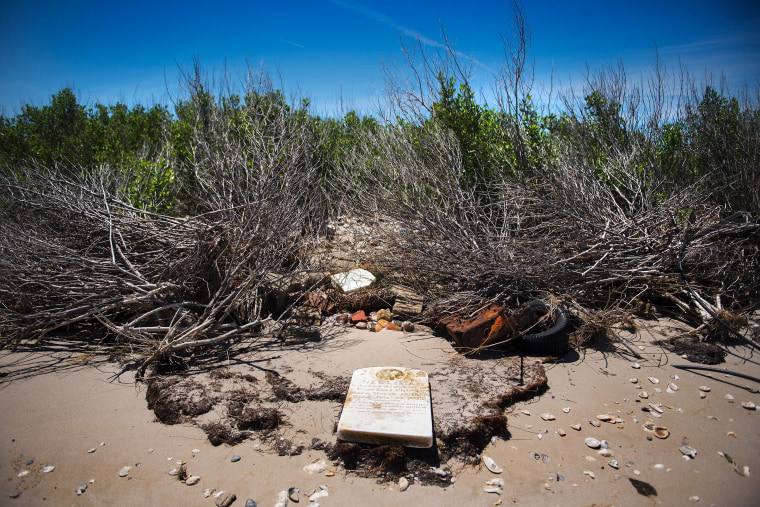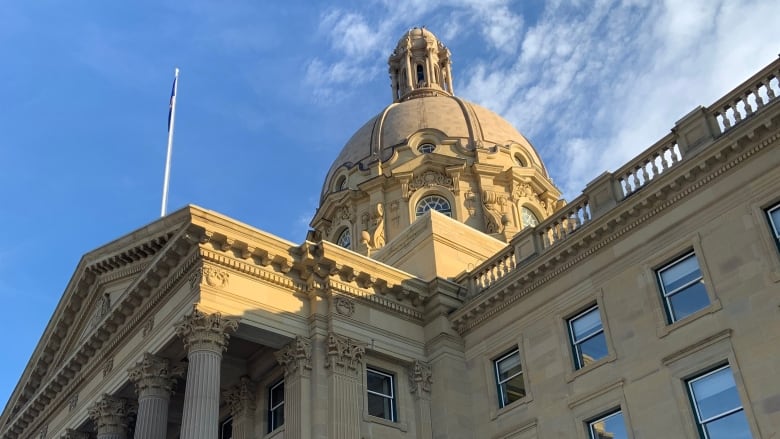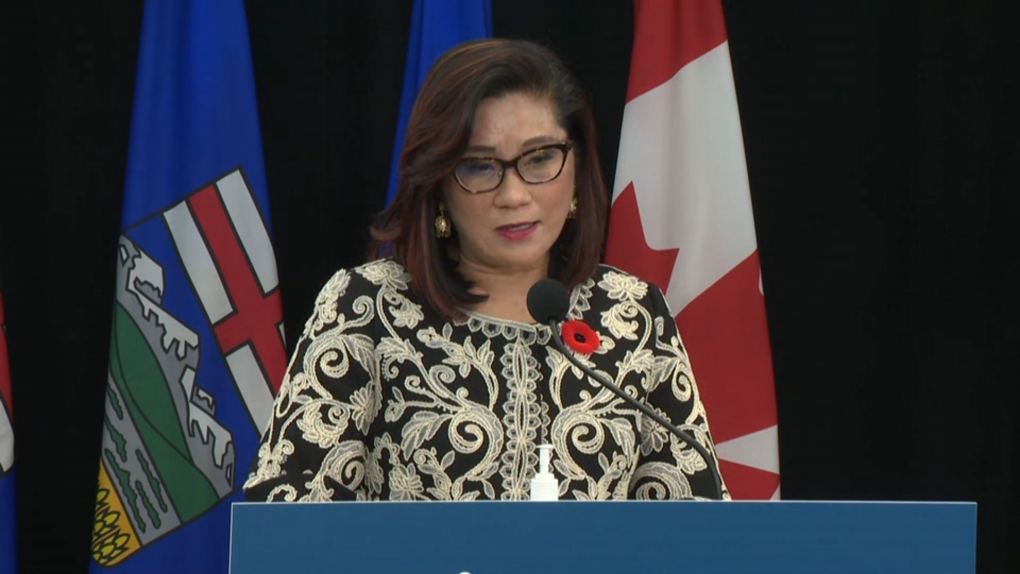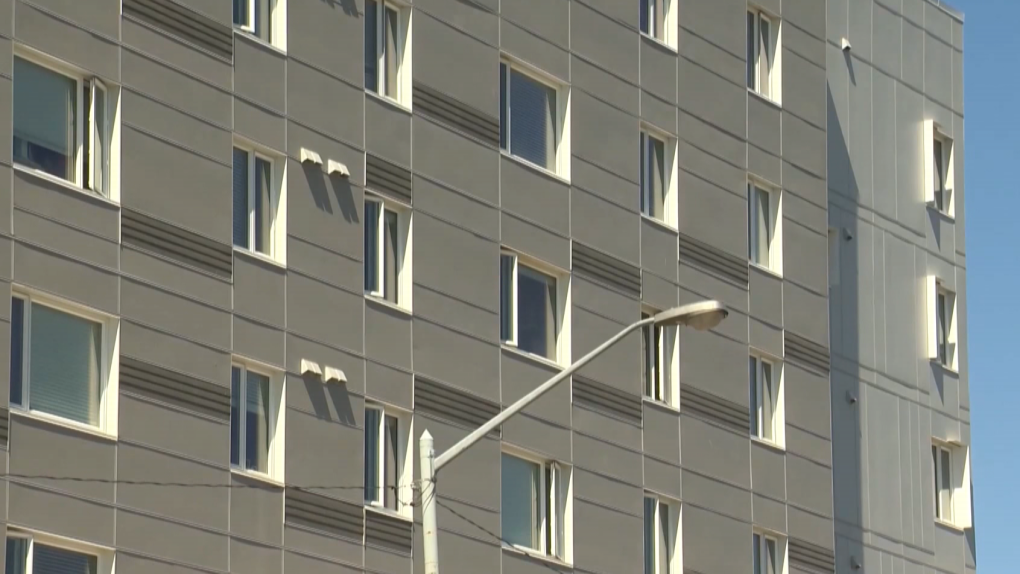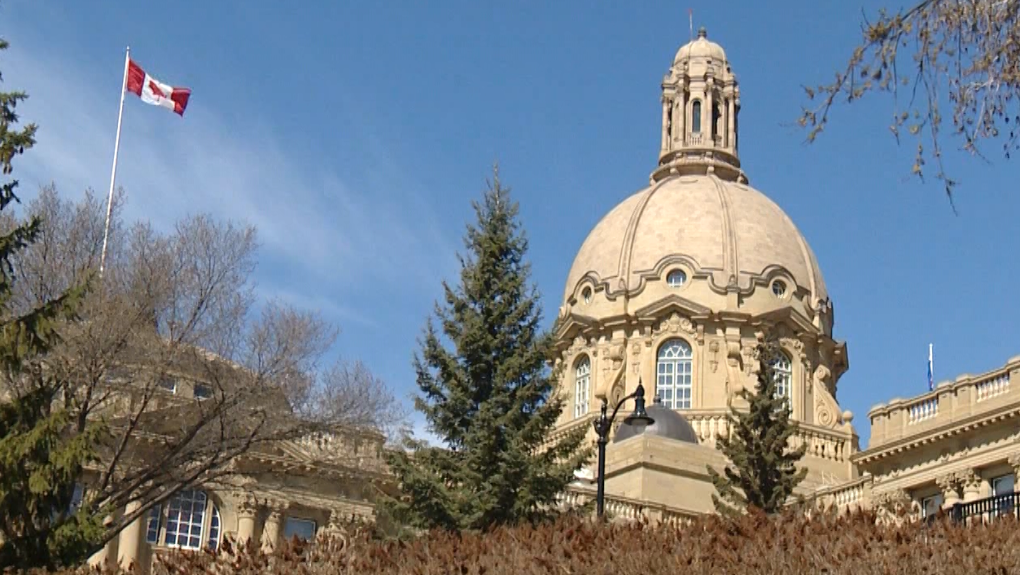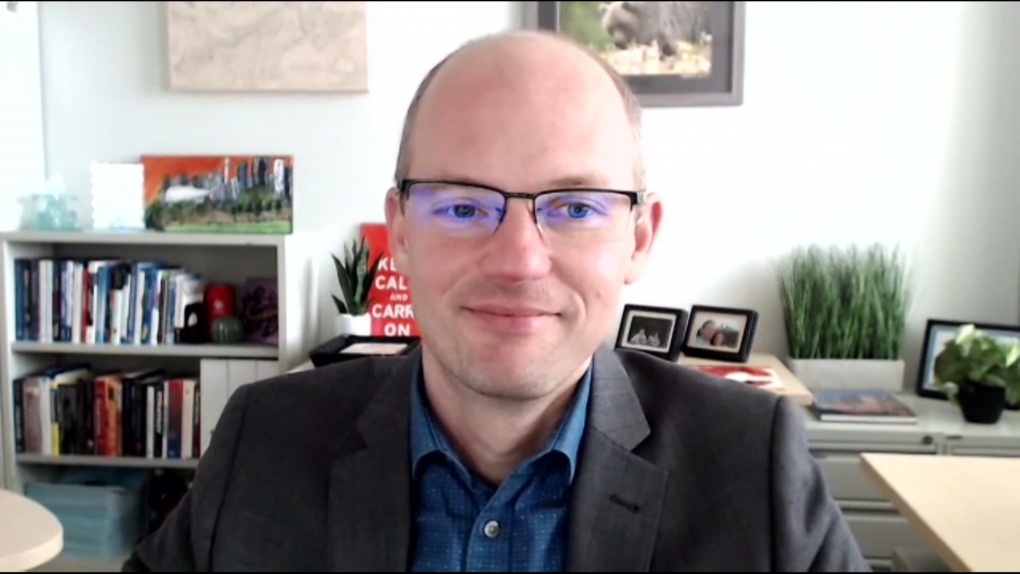Premier Moe wants Saskatchewan to be a 'nation within a nation' by increasing autonomy
Moe upset he wasn't consulted by Ottawa before recent
emissions cap announcement
Saskatchewan Premier Scott Moe says he wants the province to be a "nation within a nation" by increasing its autonomy in several areas, including policing, taxation and immigration.
Moe made the initial statement during a radio interview on Sunday and then referred to the idea again on social media Tuesday morning.
"Saskatchewan needs to be a nation within a nation," he tweeted. "When the federal government implements policies that are detrimental to our province, our government will continue to stand up for Saskatchewan people."
On Tuesday afternoon, Moe said he is "not talking about separation. We are talking about being a Saskatchewan cultural identity within the nation of Canada — but being a nation within a nation."
When asked what makes Saskatchewan a "nation," Moe said language was not the "only indicator of culture."
The federal government has made decisions that are "quite harmful" to the province, he said.
He specifically mentioned his disagreement with Prime Minister Justin Trudeau's announcement last week of a plan to cap oil and gas emissions.
Moe called it a "non-consulted" decision that he said will impact "30,000 families in the province" and "15 to 16 per cent" of the province's GDP.
Moe said he expected a phone call from the federal environment minister or Trudeau.
"They didn't have the decency to pick up the phone and consult with this province," Moe said.
He also questioned the federal government's decision not to accept Saskatchewan's carbon pricing proposal this past summer.
Sask. wants to be treated like Quebec: Moe
In last month's throne speech, the government indicated it wanted to "build a stronger, more independent Saskatchewan within Confederation."
When asked on Tuesday what he wants with respect to being a "nation within a nation," Moe pointed to Quebec.
"Quebec has a very different agreement when it comes to immigration with the federal government than we do here in the province of Saskatchewan. We want that agreement," he said.
"We saw Quebec most recently with the child care agreement — Quebec has a very different agreement than any of the other provinces in Canada. And we want that as well."
Moe referred to his government's throne speech, which said it will "consider other measures to build provincial autonomy."
That includes taking back administration of corporate income taxes from Ottawa and "the creation of a provincial police force to complement municipal police forces and the RCMP," the throne speech said.
On Tuesday, Moe also referred to the province's expansion of international trade offices.
In September, it announced plans to open international trade and investment offices in London, Dubai, Mexico City and Ho Chi Minh City by April. That follows the launch of offices in Tokyo, New Delhi and Singapore in January of this year.
Statement a 'distraction': Opposition
Opposition NDP deputy leader Nicole Sarauer said Moe's "nation within a nation" statement was an attempt to distract from the COVID-19 situation in Saskatchewan.
"We have a horrendous COVID death rate right now. The premier couldn't even keep his own citizens safe and had to rely on federal help to come in and fly Saskatchewan residents to Ontario."
Sarauer said Moe should be advocating for the province federally, but that Saskatchewan "is a province — a very important province," rather than a nation.
WATCH | Premier Scott Moe says he does not expect more COVID-19 patients to be transferred outside the province:
Sarauer agreed with Moe's position that the federal government should have consulted with provinces before announcing an emissions cap plan.
"I think it's really important that the federal government not do anything unilaterally. It's important to ensure that the voices of all the provinces, including Saskatchewan, are at the table and making sure that what is decided works for the province."
Maverick, Buffalo parties endorse message
Two Prairie-based political parties that have advocated for western independence endorsed Moe's message on social media on Tuesday.
This included the Maverick Party, formerly Wexit Canada, which recently ran candidates in Western Canada in the federal election.
"FINALLY! A Western Premier ready to stand up to Ottawa!" Maverick Leader Jay Hill tweeted Tuesday.
The Buffalo Party, formerly Wexit Saskatchewan, ran 17 candidates in the 2020 Saskatchewan provincial election.
ENTRENCH ENGLISH AND PROTESTANTISM WHICH WOULD CONTRADICT THE MANITOBA ACT WHICH GUARANTEE'S FRENCH LANGUAGE RIGHTS FOR CATHOLIC CANADIANS IN WESTERN CANADA, MAN, SASK, AB, NWT
LA REVUE GAUCHE - Left Comment: Search results for RIEL
On Twitter, the party applauded Moe "for taking the time to read our platform, and marketing it for us."
That platform includes "a provincial police force, provincially controlled immigration, and control of our own taxes," the party's tweet read.
The Saskatchewan government under Moe's leadership has made no secret about its wishes for more autonomy.
After the 2020 provincial election, Moe promised a "strong and independent Saskatchewan" in his victory speech. When asked if that was a reference to separation, Moe said he did not support that idea.
"Saskatchewan is a strong and independent province. But we also are a part of the nation of Canada," Moe said at the time.
After the 2019 federal election, Moe met with Trudeau. Following that meeting, he told the media in Ottawa Saskatchewan would be seeking ways to enhance its autonomy.





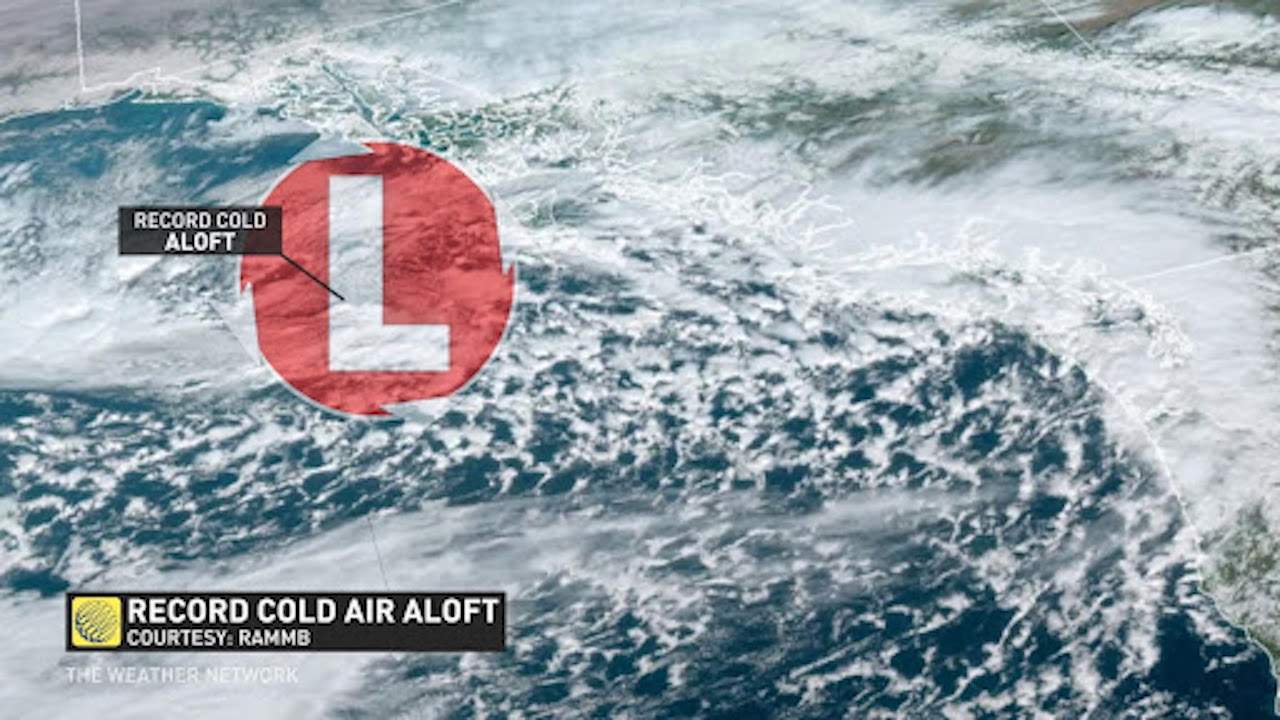

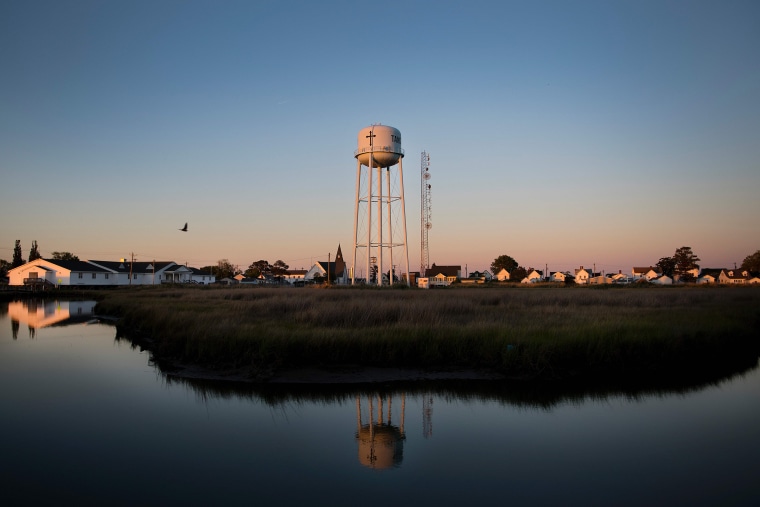
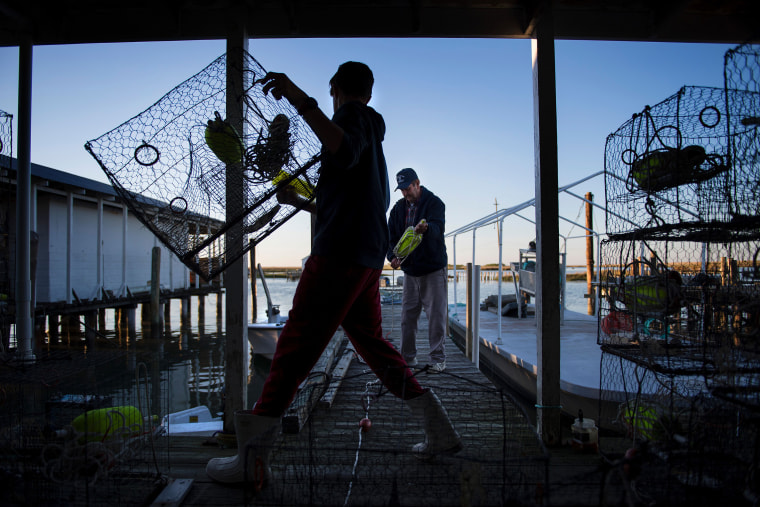 Benjamin Eskridge, left, carries a crab trap while helping his grandfather Allen Crocket prepare for the next day of crabbing in Tangier, Va., on May 15, 2017. Jim Watson / AFP via Getty Images file
Benjamin Eskridge, left, carries a crab trap while helping his grandfather Allen Crocket prepare for the next day of crabbing in Tangier, Va., on May 15, 2017. Jim Watson / AFP via Getty Images file
